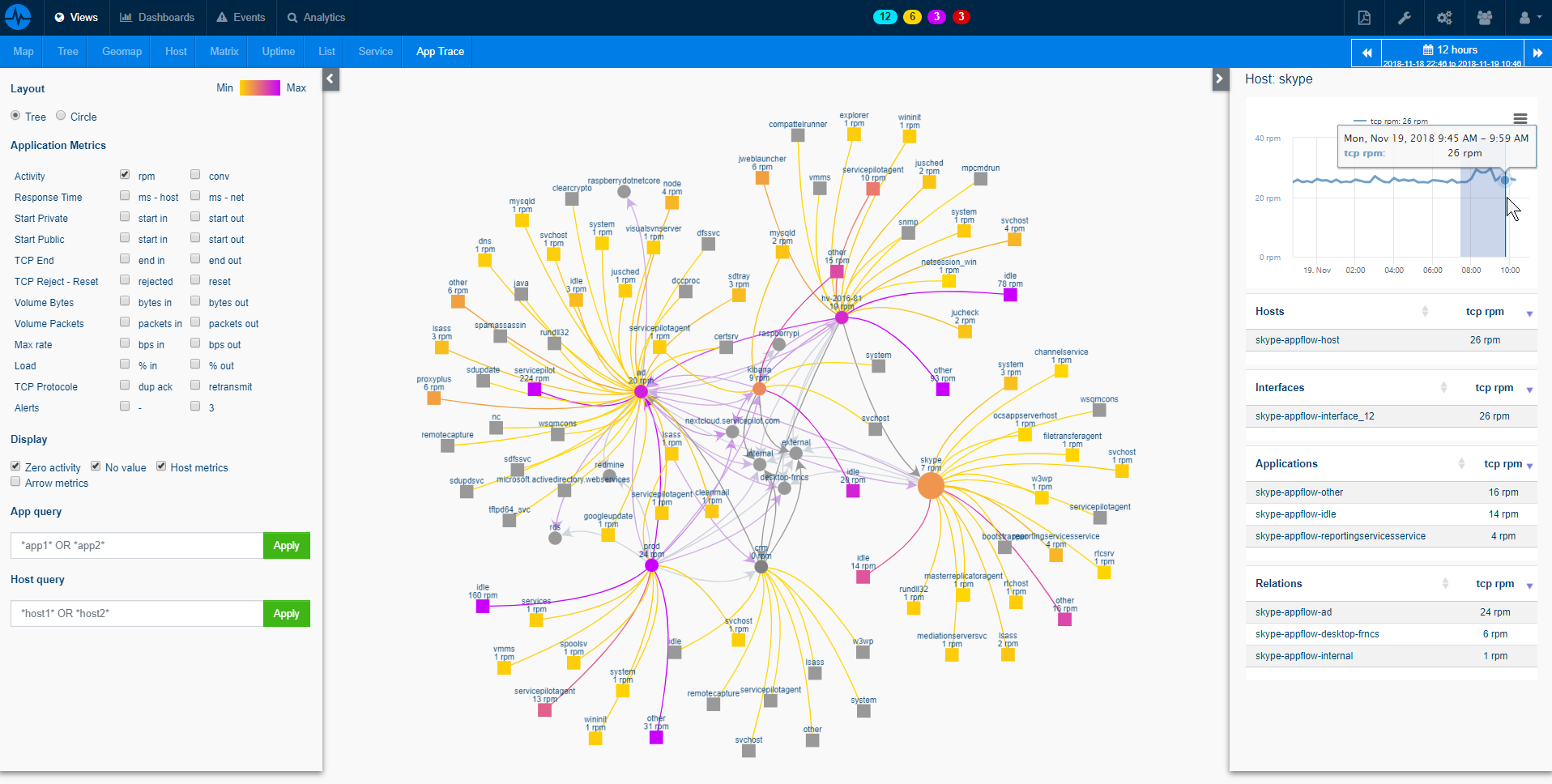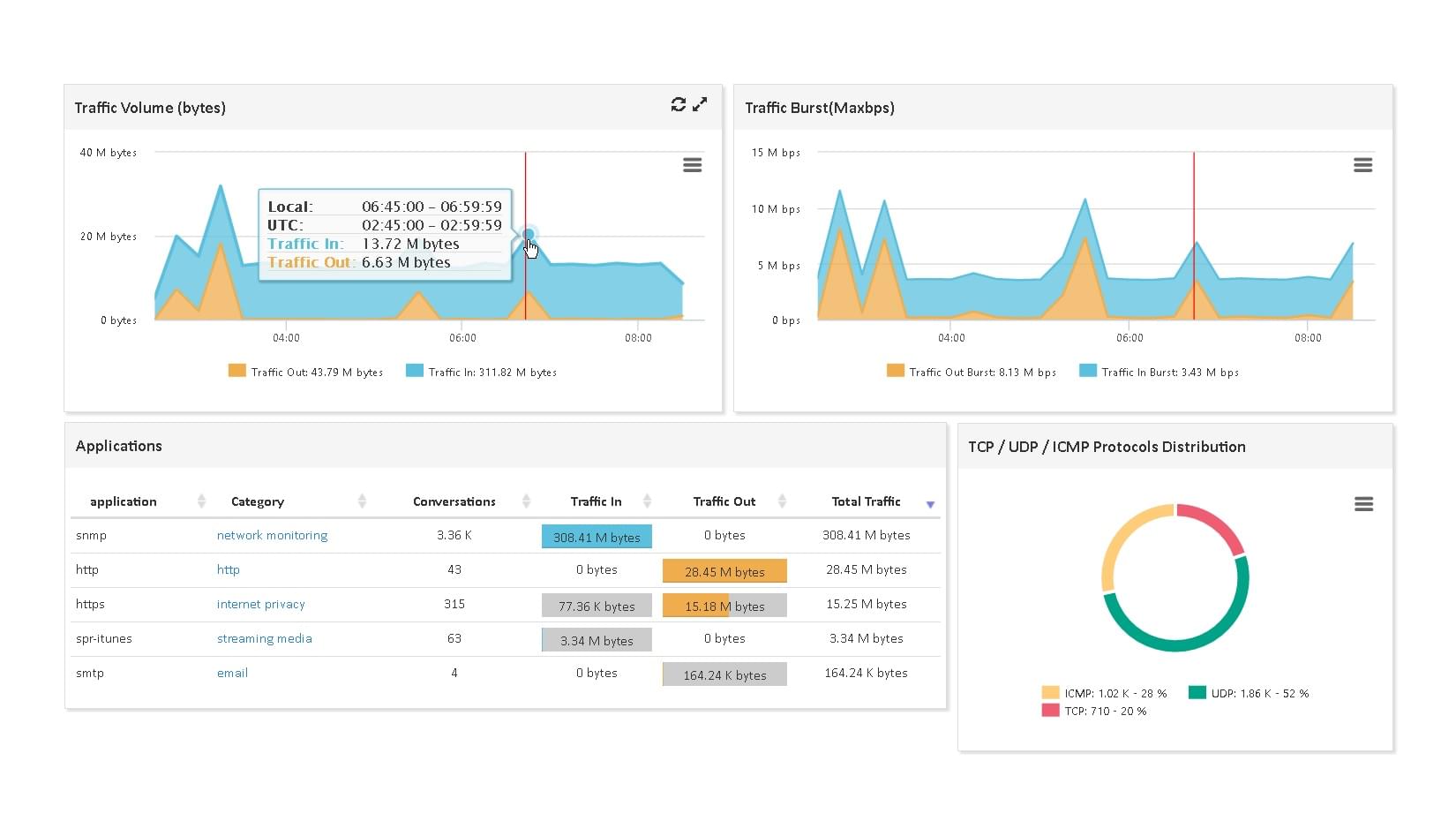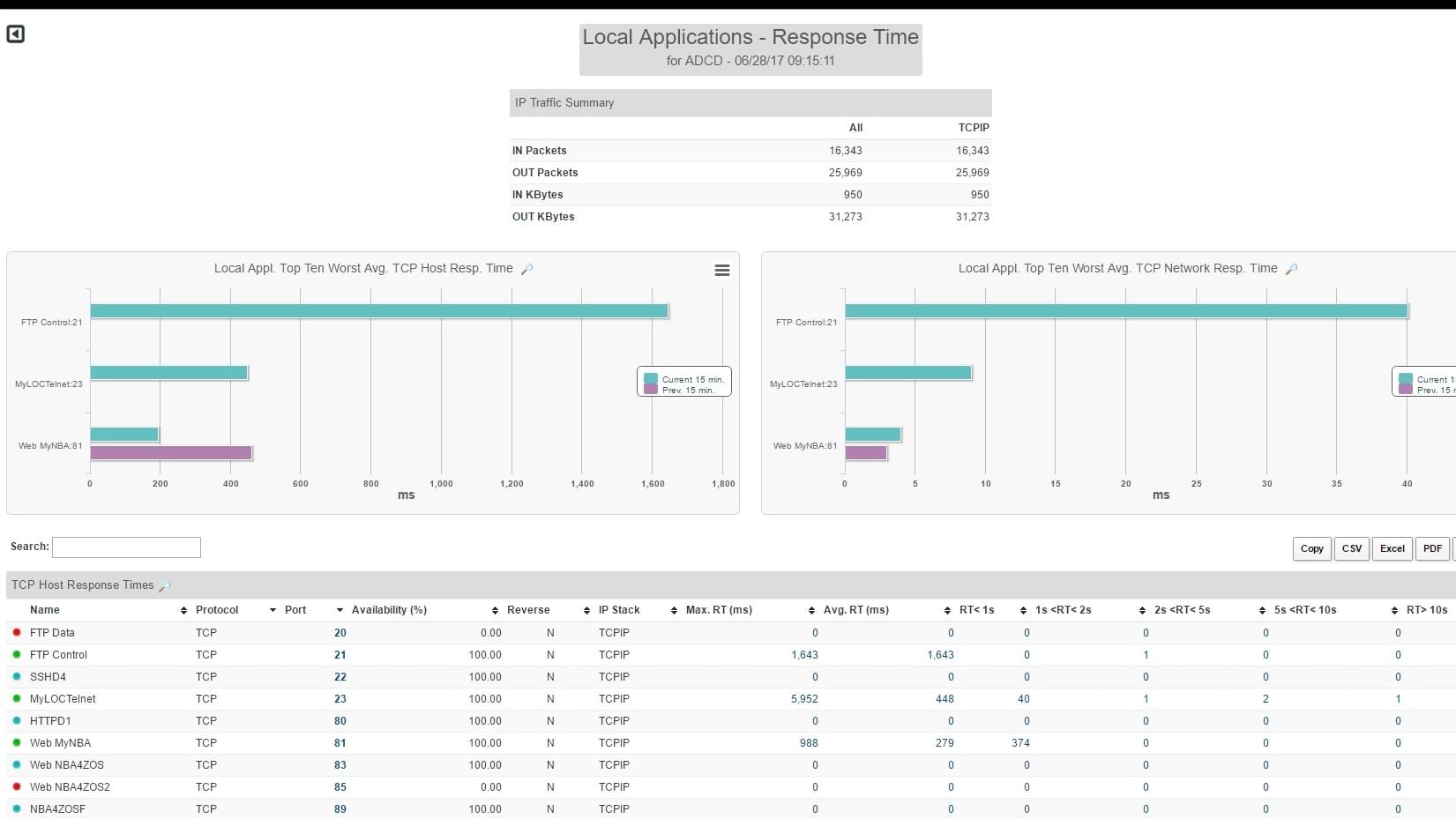What are .NET and the .NET Framework?
A .NET application refers to software developed using the .NET framework, a versatile and comprehensive development platform created by Microsoft. .NET applications encompass a wide range of software, including desktop applications, web applications, and cloud services. These applications are designed to run on different platforms, including Windows and Linux, depending on the chosen runtime environment.
.NET applications benefit from the extensive class library offered by the .NET framework. This library simplifies many common programming tasks, providing pre-built components for functions like data access, file handling, and user interface development. This enables developers to streamline their development process and create feature-rich applications efficiently.
Security, performance, and memory management are core aspects of .NET applications. The framework incorporates features like Just-In-Time (JIT) compilation, automatic garbage collection, and robust security mechanisms to ensure stable, secure, and high-performing software.
.NET application instrumentation
The appservice-dotnet package along with a .NET instrumentation library collects performance metrics and errors from the application server for both .NET and .NET Framework.
You can use automatic instrumentation to initialize signal providers and generate telemetry data for supported instrumented libraries without modifying the application’s source code.
.NET application traces monitoring
Resources are automatically created from this package after having deployed the ServicePilot Agent along with the proper .NET APM library configuration. ServicePilot monitors HTTP(S) web requests from .NET processes.
This gathers summarized statistics (min,max,avg...) per .NET application such as:
- Requests per minute
- Sum of requests by HTTP return codes and methods
- Number of requests in each response time range
- Established vs. Timed-out requests
In order to provide deep dotNET application insights, details collected per request include:
- Host and web page path
- Server and client IP
- Real User Response time
- HTTP Return code and method
- Client country and geolocation for public IPs
How to install a appservice-dotnet resource?
- Use your ServicePilot OnPremise installation or a SaaS account.
- Add a new appservice-dotnet resource via the web interface (
/prmviewsor/prmresources) or via API (/prmpackagespage), the default ServicePilot agent or another agent will be provisioned automatically.
Details of the appservice-dotnet package are located in the
/prmpackagespage of the software.
Benefits
ServicePilot enables you to deliver IT services faster and more securely with automated discovery and advanced monitoring features.
By correlating the technology DOTNET APM with APM and infrastructure monitoring, ServicePilot is able to provide a more comprehensive view of an organization's IT environment.
This allows IT teams to quickly identify and diagnose issues that may be impacting application performance, and take corrective action before end-users are affected.
Start with a free trial of our SaaS solution. Explore our plans or contact us to find what works best for you.








